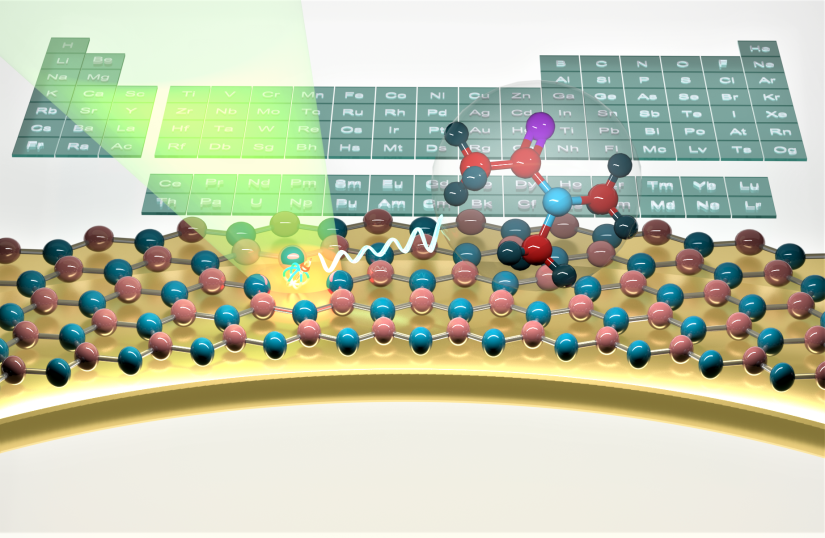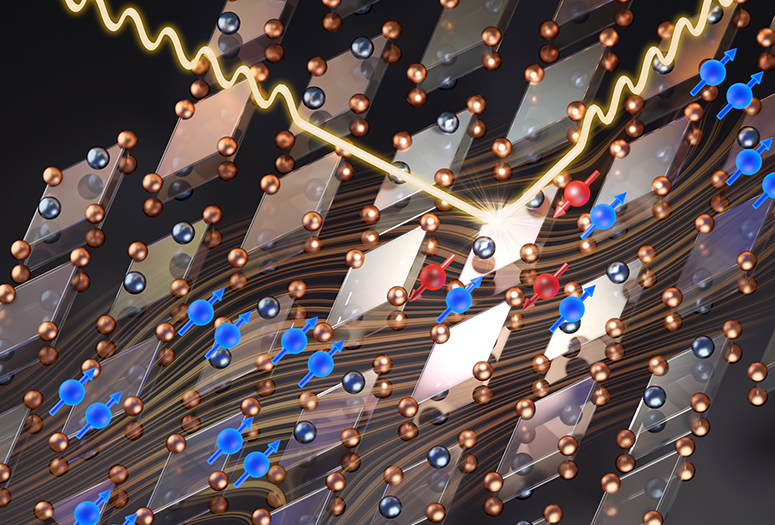
With the advance of quantum technologies, new microscopy modalities are becoming possible – ones that can see electric currents, detect fluctuating magnetic fields, and even see single molecules on a surface. A prototype of such a microscope, demonstrating high resolution sensitivity, has been developed by an Australian research team.
While quantum computing seems like the big-ticket item among the developing technologies based on the behaviour of matter and energy on the atomic and subatomic level, another direction promises to open a new door for scientific research itself — quantum microscopy.
With the advance of quantum technologies, new ...
Read More







Recent Comments